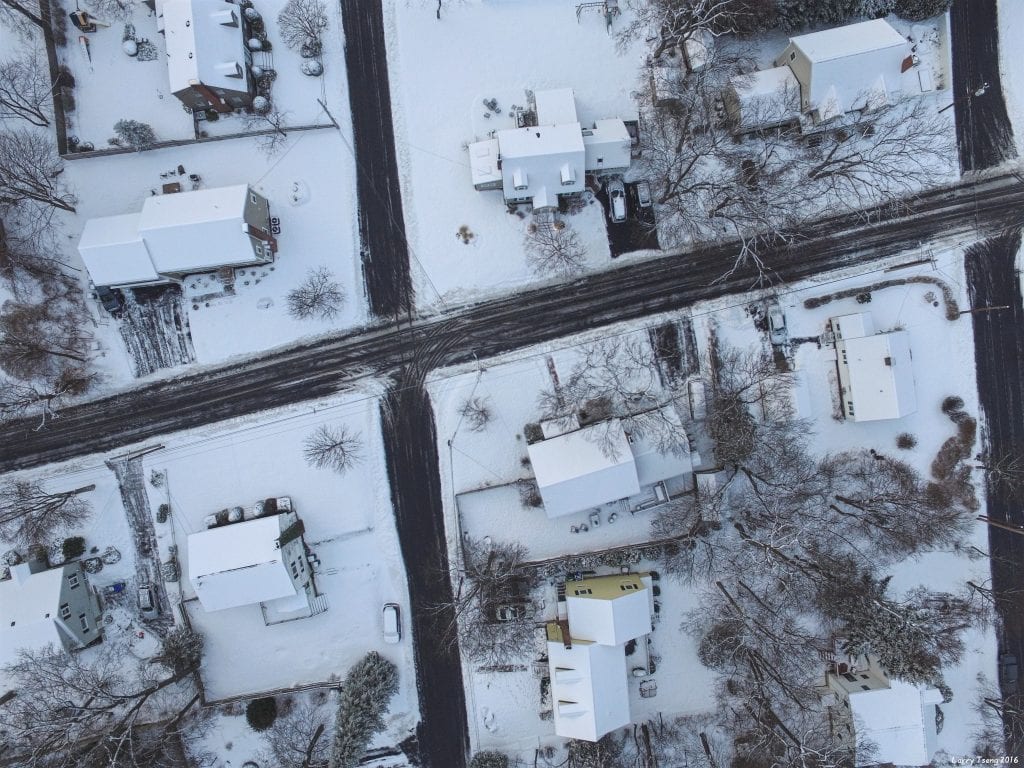
October 18, 2018 | Yellow Belt
Maybe you’ve heard of the term “brownfield?” There’s a good chance you’ve heard the term “green belt.”But have you heard of the “yellow belt”? That one may stump a few, but it’s a term worth knowing. Some consider the yellow belt an antidote to Toronto’s current “tall and sprawl” method of development and the place where the missing middle, the middle class folks priced out of Toronto’s houses, may find a mid-rise property one day.
The term yellow belt was coined by urban planner Gil Meslin to describe the parts of a city that have severe restrictions on development where existing low rise housing exists.
To be more specific, these areas will only allow for single family houses on larger lots to be built. That’s most of the land in Toronto. In fact, it is estimated to cover 75% of the city.
Since this large swath of the city have been off limits to developers, developers have aimed their efforts on major streets and old parking lots that allow for mid or high-rise construction. So, in Toronto we have neighbourhoods and streets where there is a great deal of densification and other areas where there is none. That’s why Toronto has a “tall and sprawl” reputation.
Why should we review how we zone the yellow belt now? Well, that may require a quick history lesson on the development of our city. Compared to other world cities, Toronto is relatively young. It doesn’t have the history of older mid-rise neighbourhoods like other cities, such as Montreal with their walk-up apartments. We don’t have the history of European cities where you can find remnants of very old residential areas from hundreds of years ago if you dig deep enough.
To understand development in our city, let’s go back to the 1940s where Toronto had a population just under a million (compared to over 2.7 million today excluding the GTA). At that time, there were areas of the city that had huge areas of farmland to expand into. Land was cheap, and development in those areas was largely single family homes on big lots. So, very low density when land was available and traffic wasn’t an issue.
Also at this time, Toronto attempted to create new neighbourhoods where old ones existed. Such examples would be Regent Park and St. James Town. Because Regent Park did not end up as the well-planned success in social housing that was expected, and because St. James Town turned out to be far from the luxury rentals they were intended to be, many grew angry at any plans to displace people from a neighbourhood or change a neighbourhood without fair consultation with that neighbourhood. Fair enough!
After this, local communities were given great power to direct their destinies. The City worked with these community groups to come to determine existing guidelines for current zoning and the City Plan. Although many community groups do have their communities best interests at heart, there is a great deal of nimbyism that prevents any development from happening now in most Toronto neighbourhoods, particularly the low density ones. Now, there are going to be those in these yellow belt areas today who like it just the way it is.
In fact, some community groups work very hard to keep their neighbourhoods from changing. Some go too far: No new structures that may lead to a bump up in traffic or cast a shadow on their lawns. But it’s fair that some people do not want a condo plopped down in their backyard with a number of balconies overlooking them.
Despite some downsides to change, most yellow belt areas will benefit from increased density. Right now, the yellow belt has very poor public transit. So, many people have to own a car to get around. With improved density, there is a better case for improved transit. So, better access to other parts of the city. And in turn, if you have better planned density, more businesses will come to your area. Simply put, we need to start building mid-rise housing in the Yellow Belt. Now that land for taller and mid-rise buildings has become more difficult to find in Toronto, some subtle low-rise buildings in the yellow belt of Toronto will allow for more affordable housing for middle class Torontonians who are priced out of buying a house in much of Toronto and don’t find a 500 sq ft condo suitable for their needs.
This is where we are as a city. We need to find more creative ways to grow. Laneway houses and re-zoning parts of the yellow belt for some mid-rise housing may be a good start! There seems to be some push for this to happen as Toronto grows and looks for smart ways of densifying as a city. From a real estate perspective, we may want to watch the yellow belt closely as investors. As areas become more dense and transit improves, property values will increase in these areas. Like the Eglinton Crosstown, these areas will be interesting to watch as possible emerging neighbourhoods that could become more desirable and accessible.
COMMENTS
2 Comments
Comments are closed.


Melissa White says:
Toronto is already way too congested. Toronto should be declared “closed”. Start a new city, somewhere there is land. Stop deteriorating this city. It’s not good for anyone.
Aysan Dilfanian says:
Toronto can have high density but sustainable like Singapore. check the National Geographic episode regarding Singapore and how they manage it! Density it self is not bad.